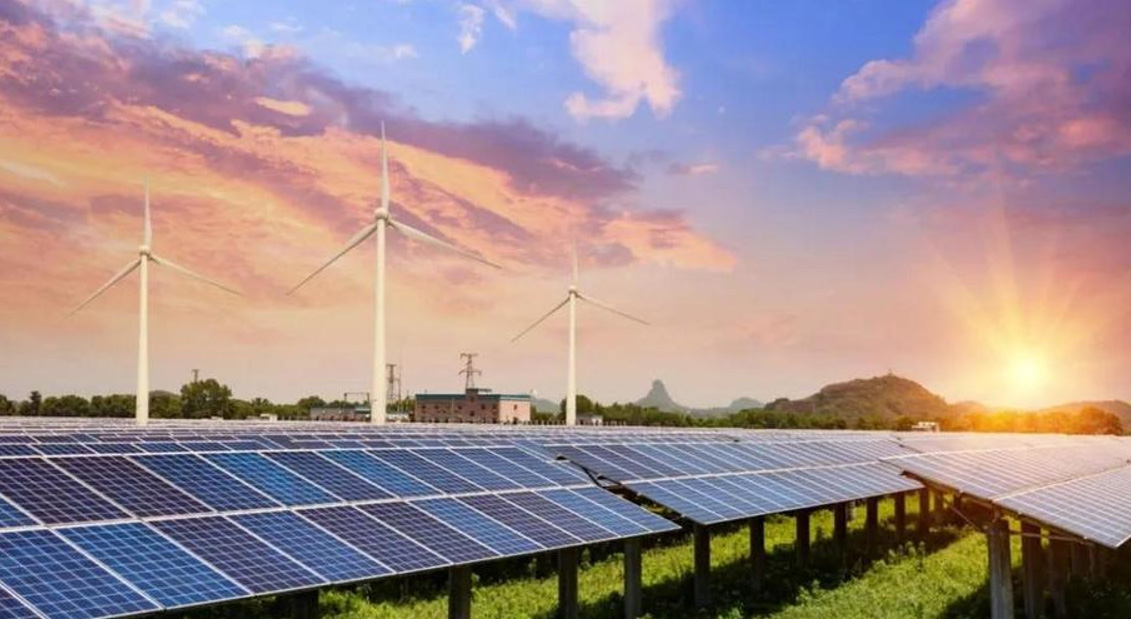Scalable process achieves 19.1% large-area all-perovskite tandem photovoltaic modules
In recent years, with the advent of perovskite/silicon and perovskite/copper indium gallium selenide (CIGS) tandem solar cells, two-terminal all-perovskite tandem solar cells (2TPT-SCs) have attracted great interest among researchers. of interest, which combines the advantages of wide bandgap (WBG) perovskite top subcells (EG-top ≈ 1.6–1.8 eV) and narrow bandgap (NBG) perovskite bottom subcells (EG-bottom <1.3 eV). Since the current efficiency of such cells exceeds the conversion efficiency of commercial single-junction polysilicon or CIGS cells, the development of scalable fabrication processes and interconnection schemes for 2TPT solar modules (2TPT-SMs) is a future focus.
The Institute of Microstructural Technology of Karlsruhe Institute of Technology in Germany has advanced both-end all-perovskite tandem photovoltaic power generation by introducing scalable, high-efficiency, two-end, all-perovskite tandem modules. A lab-scale, spin-coated two-terminal all-perovskite tandem solar cell (0.1 cm2, PCE of 23.5%) to lab-scale is realized by a combination of vacuum deposition-based process and blade coating and a scalable interconnection scheme. Upgrade of scale components (12.25 cm2 aperture area). Successful scaling up and degradation-free growth of NBGs on WBGs on top subcells using vacuum-assisted growth control. Component interconnection is achieved through an all-laser scribing patterning process in an inert atmosphere, resulting in a geometric fill factor (GFF) of 94.7%. The open circuit voltage (Voc) of each cell in the spin-coated stack assembly demonstrated in this study is around 2.01 V, while the Voc of the total assembly is equal to the expected 8.0 V. This means that the Voc loss per cell is only a minimum of 10 mV (relative to 0.5%). Furthermore, the components retain a high fill factor (FF) of 75%, indicating that the adverse effects of the introduced component interconnection are negligible. Internal measurements of a champion component with an aperture area of 2.56 cm2 (unpackaged and masked, measured in ambient atmosphere) showed a high PCE of 22.2%, Voc=8.0 V, short-circuit current Isc=9.57 mA, FF=75%. Under continuous illumination, with a steady power output of 54.7 mW, the maximum power point (MPP) tracking cell exhibited 95% initial efficiency (SPCE) after 15 hours. Assemblies were fabricated using a combination of blade coating (2PACz, WBG perovskite, PEDOT:PSS, NBG perovskite, and PCBM) and vacuum deposition (LiF, C60, SnOX, Au, BCP, and MgF2) methods. The prototype assembly achieves 19.1% PCE (12.25 cm2 aperture area, seven cell bars and 94.7% GFF) and 18.3% MPP tracking (corresponding to 224 mW) within 20 hours, a relative drop of less than 7%. Time-of-flight secondary ion mass spectrometry (ToF-SIMS) measurements demonstrated a highly selective laser pattern, as well as a well-defined GFF (~94.7% ± 0.1%). Uniform current collection and low defect density across the entire module area were demonstrated by electroluminescence and photoluminescence imaging as well as beam-induced current imaging (LBIC) mapping, which explains the Voc and FF of the studied spin-coated stack module Low loss (<2%), and reasonable loss (<5%) to enlarge the assembly using blade coating and vacuum deposition.
This study employs scalable deposition techniques (scratch coating and vacuum deposition) for both-terminal all-perovskite tandem solar modules (2TPT-SMs), and uses an inexpensive all-laser scribed solar thin-film pattern to achieve The facile scaling of two-terminal all-perovskite tandem solar cells (2TPT-SCs) from 0.1 cm2 to 12.25 cm2 is presented. At the same time, this research progress in the composition and defect passivation of narrow bandgap (NBG) solar cells promotes the excellent stability of NBG bottom subcells. The related research results were published in "Nature Energy".



View More(Total0)Comment Lists